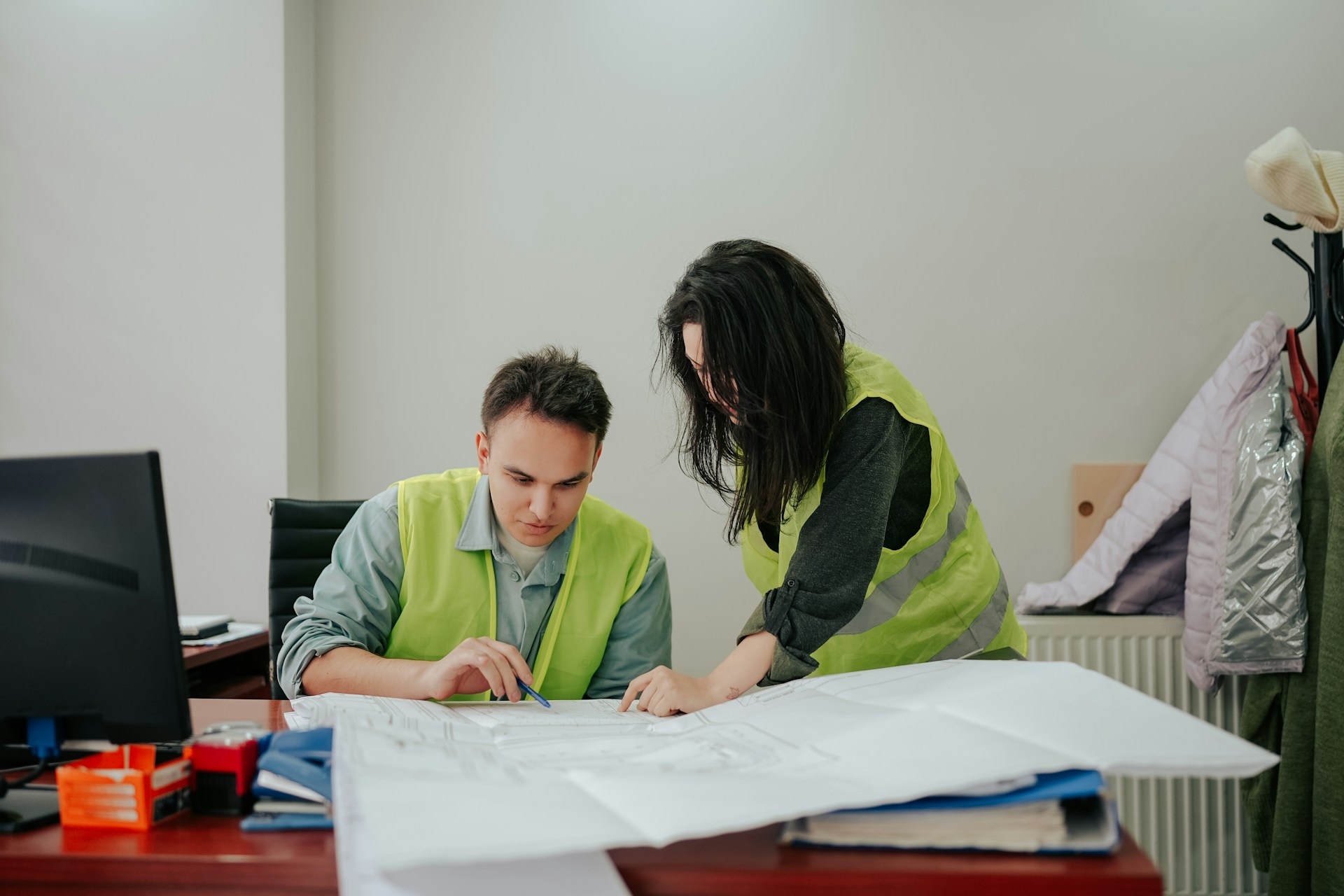The smart Trick of Roar Solutions That Nobody is Discussing
The smart Trick of Roar Solutions That Nobody is Discussing
Blog Article
The Basic Principles Of Roar Solutions
Table of ContentsAll About Roar SolutionsSome Known Incorrect Statements About Roar Solutions Roar Solutions for Beginners
In order to protect installations from a possible explosion a technique of evaluating and categorizing a potentially hazardous area is called for. The objective of this is to make sure the proper selection and installment of devices to eventually stop a surge and to make certain safety of life.
(https://www.anobii.com/en/01749dcc41232b575a/profile/activity)
No tools must be installed where the surface area temperature of the tools is higher than the ignition temperature of the provided risk. Below are some common dirt hazardous and their minimum ignition temperature. Coal Dirt 380C 225C Polythene 420C (melts) Methyl Cellulose 420C 320C Starch 460C 435C Flour 490C 340C Sugar 490C 460C Grain Dust 510C 300C Phenolic Material 530C > 450C Aluminium 590C > 450C PVC 700C > 450C Residue 810C 570C The likelihood of the risk being present in a focus high sufficient to trigger an ignition will vary from location to place.
In order to categorize this risk an installment is separated right into areas of danger relying on the amount of time the harmful exists. These areas are described as Areas. For gases and vapours and dusts and fibres there are three areas. Area 0 Area 20 An unsafe atmosphere is very likely to be present and may exist for long periods of time (> 1000 hours annually) and even continually Zone 1 Area 21 A hazardous ambience is possible but unlikely to be existing for extended periods of time (> 10 450 C [842 F] A category of T6 suggests the minimal ignition temperature level is > 85 C [185 F] Unsafe area electric equipment maybe created for usage in greater ambient temperatures. This would indicated on the score plate e.g. EExe II C T3 Ta + 60C( This indicates at 60C ambient T3 will not be surpassed) T1 T1, T2, T3, T4, T5, T6 T2 T2, T3, T4, T5, T6 T3 T3, T4, T5, T6 T4 T4, T5, T6 T5 T5, T6 T6 T6 A T Course ranking of T1 indicates the maximum surface temperature produced by the tool at 40 C is 450 C. Thinking the connected T Course and Temperature ranking for the devices are suitable for the area, you can always use a tool with a much more rigorous Department score than needed for the area. There isn't a clear answer to this concern regrettably. It truly does depend on the kind of devices and what repairs need to be executed. Equipment with specific test treatments that can not be performed in the field in order to achieve/maintain 3rd party rating. Have to return to the manufacturing facility if it is prior to the devices's solution. Field Repair Service By Authorised Employee: Complex testing might not be required nevertheless details procedures might require to be followed in order for the equipment to preserve its 3rd party ranking. Authorised employees must be employed to execute the work correctly Fixing should be a like for like substitute. New part must be considered as a direct substitute requiring no special testing browse around this web-site of the devices after the repair work is total. Each item of devices with a dangerous ranking need to be assessed independently. These are described at a high level below, but also for more detailed info, please refer directly to the guidelines.
The 30-Second Trick For Roar Solutions
The tools register is an extensive data source of tools records that consists of a minimum collection of fields to recognize each item's area, technical criteria, Ex-spouse category, age, and environmental information. The ratio of Thorough to Close assessments will certainly be figured out by the Tools Threat, which is examined based on ignition danger (the likelihood of a resource of ignition versus the chance of a combustible environment )and the unsafe location classification
( Zone 0Area 1, or 2). Executing a robust Risk-Based Inspection( RBI )method is crucial for guaranteeing compliance and safety in handling Electric Equipment in Hazardous Areas( EEHA).
Top Guidelines Of Roar Solutions

In terms of explosive risk, a harmful location is a setting in which an explosive environment is existing (or might be anticipated to be present) in quantities that require unique precautions for the construction, installment and use tools. hazardous area electrical course. In this write-up we explore the difficulties encountered in the office, the threat control measures, and the called for proficiencies to function safely
It is a consequence of modern life that we produce, save or take care of a series of gases or liquids that are considered combustible, and a variety of dusts that are deemed flammable. These compounds can, in specific problems, develop eruptive atmospheres and these can have significant and heartbreaking consequences. The majority of us recognize with the fire triangle eliminate any among the three aspects and the fire can not take place, yet what does this mean in the context of hazardous areas? When breaking this down into its most basic terms it is essentially: a mix of a specific amount of release or leakage of a certain compound or material, combining with ambient oxygen, and the presence of a resource of ignition.
In many circumstances, we can do little concerning the levels of oxygen airborne, yet we can have substantial influence on sources of ignition, for instance electric tools. Harmful locations are recorded on the unsafe area classification drawing and are identified on-site by the triangular "EX LOVER" indication. Right here, among various other crucial information, areas are divided right into 3 kinds relying on the hazard, the chance and period that an eruptive atmosphere will certainly exist; Zone 0 or 20 is considered one of the most dangerous and Area 2 or 22 is deemed the least.
Report this page